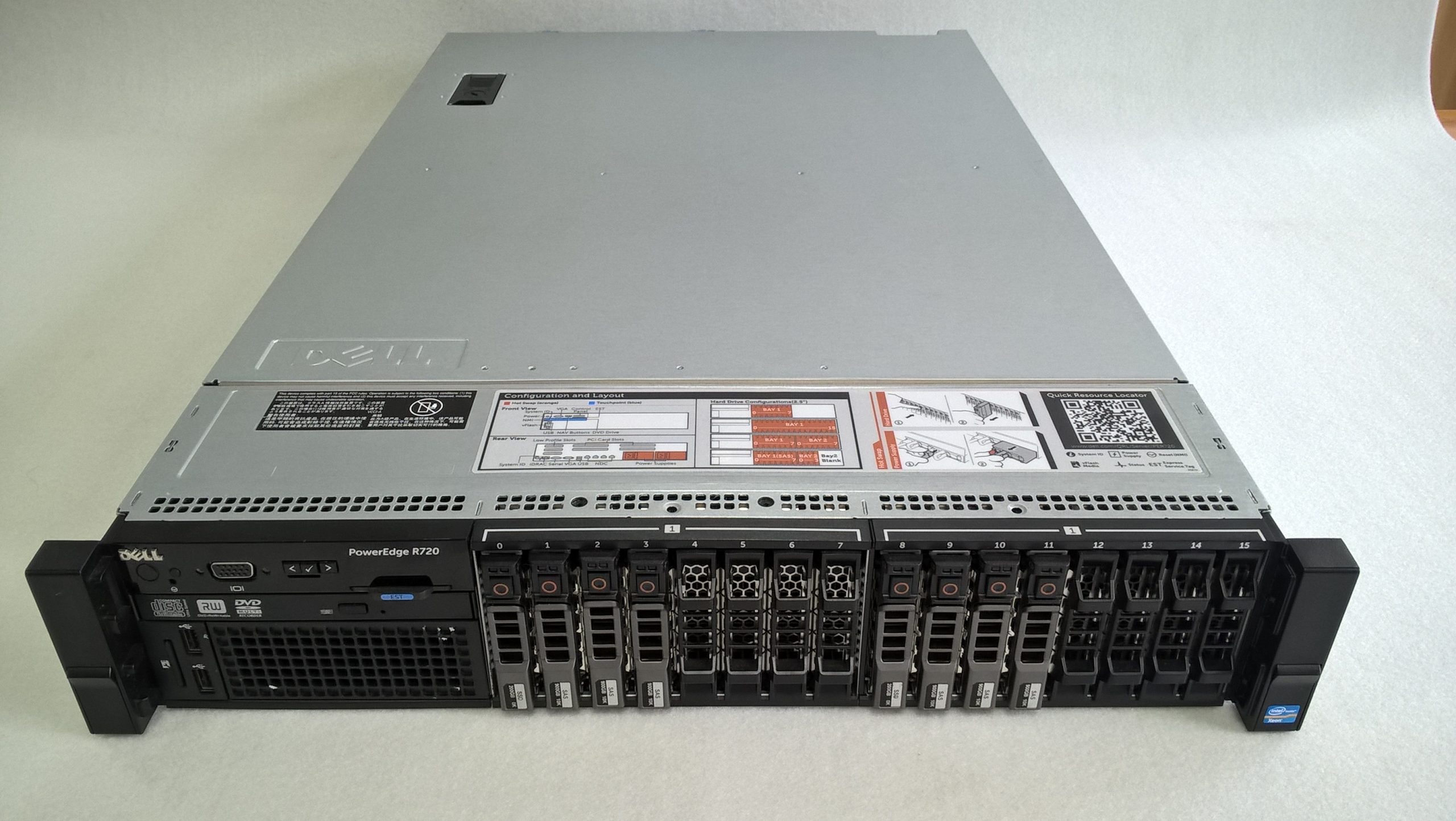Understanding Black Screen Issues in Laptops: A Comprehensive Guide
Picture this: you’re in a hurry, eager to tackle your day with your trusty laptop by your side. You power it up, but instead of the familiar Windows logo, you’re met with an ominous black screen. After a moment of panic and frustration, you turn it off and back on again—only to find that everything works perfectly. What just happened?
This experience is more common than one might think and can be attributed to various potential issues. In this blog post, we will explore the possible causes of this phenomenon, the steps to troubleshoot and resolve it, and preventative measures to ensure a smoother user experience in the future.
Understanding the Basics: What Happens When You Boot Your Laptop?
Before diving into troubleshooting, it’s essential to understand how the booting process works. When you power on your laptop, several components initiate a sequence of events that lead to your operating system loading:
- Power Supply Activation: The laptop’s power supply activates, which allows electricity to flow to the internal components.
- POST (Power-On Self-Test): The system performs a self-test to check if all the hardware, including the CPU, memory (RAM), and storage devices, are functioning correctly.
- Boot Device Recognition: Once the POST is completed, the system looks for the boot device (usually the SSD or HDD) where the OS is installed.
- Loading the Operating System: After recognizing a bootable device, the firmware (BIOS/UEFI) transfers control to the bootloader, which begins loading the operating system.
If the boot process encounters issues at any stage, it may result in a black screen, though the problem can manifest for various reasons.
Possible Causes of a Black Screen on Startup
There are several reasons why you may encounter a black screen when booting up your laptop. Let’s explore some of the most common causes in greater detail.
1. Hardware Malfunction
Sometimes physical issues with the components inside your laptop can prevent a successful boot. This can include:
- Faulty RAM: If your laptop’s RAM modules are malfunctioning or not correctly seated, it can hinder the startup sequence.
- Defective Storage Drive: Your SSD or HDD could have failing sectors, preventing the system from reading essential files needed for booting.
- Video Output Issues: Problems with the integrated GPU or dedicated graphics card can result in display issues, including a black screen.
2. Loose Connections
Over time, the internal connections in a laptop may loosen due to movement or temperature fluctuations. This can impact crucial components like the RAM or SSD, leading to a failure to boot.
3. BIOS/UEFI Configuration Issues
The BIOS or UEFI settings are vital to ensuring that the operating system can load correctly. If these settings become corrupted or if an update goes awry, they may not recognize the bootable drive.
4. Corrupted Operating System Files
Corruption in essential system files may occur due to improper shutdowns, power outages, or malware. If the critical files required for booting are damaged, the system may fail to load the OS.
5. Power Supply Issues
Fluctuations or inconsistencies with the power supply can also cause boot failures. If your laptop does not receive a steady power supply, it may not start up correctly.
6. Overheating or Dust Accumulation
Dust buildup inside your laptop can lead to overheating, which can impact performance. If the system overheats at startup, it may trigger failsafe mechanisms causing immediate shutdowns or failure to boot.
Initial Troubleshooting Steps
If you encounter a black screen when starting your laptop, here are several troubleshooting steps you can take before considering professional assistance.
Step 1: Power Cycle Your Device
Sometimes a simple reboot can resolve the issue. Here’s how to power cycle your laptop:
- Hold down the power button until the laptop turns off completely.
- Unplug the laptop and remove the battery (if possible).
- Press and hold the power button for about 15–30 seconds to discharge any residual power.
- Reinsert the battery, plug the laptop back in, and power it on again.
Step 2: Check External Monitors
If you are using an external display, the laptop may default to the external monitor, resulting in a black screen on your primary screen. Disconnect any external displays and see if your laptop boots normally.
Step 3: Inspect Hardware Connections
If you are comfortable opening your laptop, check to see if the RAM and SSD are seated properly. This can often resolve boot issues related to hardware:
- Disconnect from power and remove the battery.
- Open the laptop casing carefully.
- Reseat the RAM modules and storage drive.
- Close the laptop and power it on.
Step 4: Boot into Safe Mode
In some cases, booting into Safe Mode can help identify if corrupted system files are causing the problem.
- Power on your laptop and immediately press the F8, F11, or Shift + F8 keys (depending on your system) to enter Advanced Startup options.
- Select “Safe Mode” and observe if your laptop boots successfully. If it does, you may need to run a system file check or restore to a previous state.
Step 5: Restore BIOS to Default
If you suspect BIOS issues, restoring the BIOS settings to their default state may help:
- Power on the laptop and press the BIOS entry key (typically F2, F10, or Del) during startup.
- Once in the BIOS, navigate to the settings menu, find the option to “Load Default Settings,” and apply it.
- Save and exit the BIOS.
When to Seek Professional Help
If you’ve gone through the troubleshooting steps and your laptop still fails to boot properly, it may be time to reach out to a professional technician. Signs that indicate you might need expert help include:
- The laptop displays a series of error codes or beeps during startup.
- You consistently experience hardware-related symptoms, such as strange noises from the laptop or failure to recognize any external devices.
- There are visible signs of hardware damage (e.g., cracked displays, burnt-out components).
Preventive Measures to Avoid Black Screen Issues
To reduce the risk of experiencing black screen issues in the future, consider the following preventive measures:
Regular Maintenance
- Keep your laptop clean: Dust removal and cleaning can prevent overheating.
- Update drivers: Regularly check for driver updates to ensure hardware compatibility and optimal performance.
- Run periodic health checks: Use built-in diagnostics or third-party tools to monitor the health of your components.
Back Up Your Data
Always ensure that you are backing up your important files regularly. Utilizing both cloud storage and external hard drives can protect against data loss due to hardware failures.
Use a Surge Protector
To protect your laptop from power fluctuations, consider using surge protectors. This can assist in preventing damage during sudden power spikes.
Avoid Abrupt Shutdowns
Try not to turn off your laptop by holding the power button, as this can lead to potential file corruption. Always select the shutdown option through the operating system.
Conclusion
Experiencing a black screen on startup can be alarming, especially if you’re unfamiliar with troubleshooting technical issues. Understanding the potential causes and exploring practical solutions can help mitigate your concerns. By following the steps outlined in this blog, you can confidently address any problems that may arise while simultaneously enhancing the longevity and performance of your laptop.
Whether you encounter technical difficulties or simply wish to keep your device in peak condition, these insights should serve as your comprehensive guide to navigating and preventing laptop black screen issues.
Share this content:




Response:
Hello,
I completely understand your frustration with the black screen issue you experienced on your notebook. It can be quite alarming when technology does not work as expected, especially when you’re in a hurry. Given the transient nature of your problem, it might indicate a few potential areas to explore.
1. Power Cycling: As you have found success with rebooting, it’s worthwhile to perform a proper power cycle whenever this happens. This can resolve temporary glitches in the boot process.
2. Loose Connections: If this issue recurs, consider checking the internal connections, especially if you’re comfortable doing so. Loose RAM or storage drive connections could easily cause boot failure.
3. BIOS/UEFI Settings: Sometimes your BIOS settings can get corrupted. Make sure to reset your BIOS to default settings if issues persist. This can often resolve boot-related problems.
4. Hardware Check: Regular checks for hardware integrity, including RAM and hard drive health can be beneficial. Running built-in diagnostics or third-party tools can help identify potential issues.
5. Temperature Management: Ensure your laptop is clean and well-ventilated. Dust accumulation can lead to overheating and boot failures. Keeping your laptop dust-free can prolong its lifespan and improve performance
Thank you for sharing your experience. A black screen on startup that resolves itself after a second attempt can often be related to temporary hardware or BIOS/UEFI configuration issues. Here are some steps you might consider:
If these steps do not resolve the issue or if it becomes more frequent,